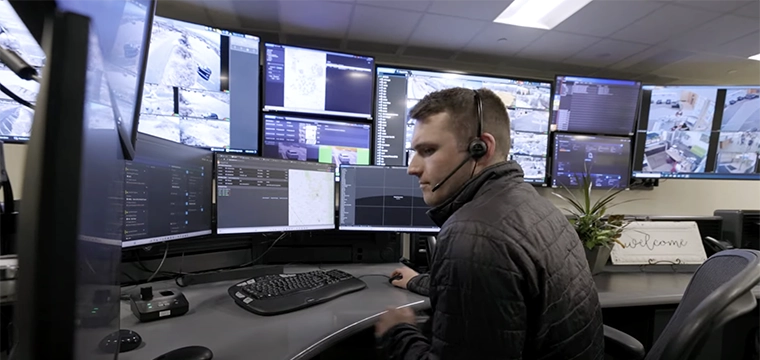
HID Global will be presenting a pair of webinars as part of the National Association of Campus Card Users' (NACCU) Virtual Expo Showcase. The two virtual events will cover the move to mobile and physical security at university healthcare and research facilities.
We caught up with HID's End User Business Manager for Higher Education, Tim Nyblom, to discuss some of the topics to be covered in HID's upcoming webinars. Nyblom will present, alongside others, on both virtual events.
Thursday, June 24, 2021
11:00 a.m. Eastern / 8:00 a.m. Pacific
Registration is now open.
There is a lot of focus around increasing physical security and trying to balance expectations or modern conveniences as it relates to the student experience. At the heart of that discussion is mobile.
"Institutions want to move away from the legacy systems and unsecure credential technology like proximity or mag stripe to higher security encrypted credentials and mobile first deployments," says Nyblom. "This requires a detailed look at their current infrastructure and working to complete a use case assessment on a path forward for their campus."
This session will also provide a primer on the HID Mobile Access platform, and what can it provide for a university.
"HID Mobile Access is where security and convenience meet," says Nyblom. "It allows universities to go mobile on their terms with multiple paths forward to reach their ultimate goal."
HID Mobile Access is designed to offer customers and the market freedom to evolve with the rapidly changing mobile device industry, says Nyblom. "A university can expect to see more choice, more freedom and more confidence."
"From smartphones to wearables and tablets, mobile devices are ever present in today’s campus environment, always on, and serve a variety of purposes," adds Nyblom. "Mobile is today's go-to technology offering convenience and portability, and is a logical step in the evolution of access control."
Wednesday, June 30, 2021
1:00 p.m. Eastern / 10:00 a.m. Pacific
Registration is now open.
A large number of universities have their own medical and research facilities. And while an entire student population may not require access to these environments, there are certainly unique challenges posed to campus access control from which a campus can learn.
"Unlike a campus environment, it’s been standard protocol in most university healthcare and research institutions that staff must wear an ID badge for visual representation," says Nyblom.
"With desires to increase physical security and looking into modern technologies like mobile, the question becomes: how do you enable greater coordination between people, departments and leverage access control technologies to meet security and policy requirements?"
Trends in the healthcare and research campus environments could provide valuable lessons for the traditional academic campus experience. While these environments can be different from the academic campus, there are some common threads when it comes to physical security.
"University healthcare and research facilities are known for innovative programs and technology, and physical security should be no exception," says Nyblom.
"It's paramount to enact a strong defense against outside threats," he adds. "This includes safeguarding different facilities and sensitive areas based on varied needs, ensuring compliance with regulatory requirements, and improving overall health and safety for staff and patients."




